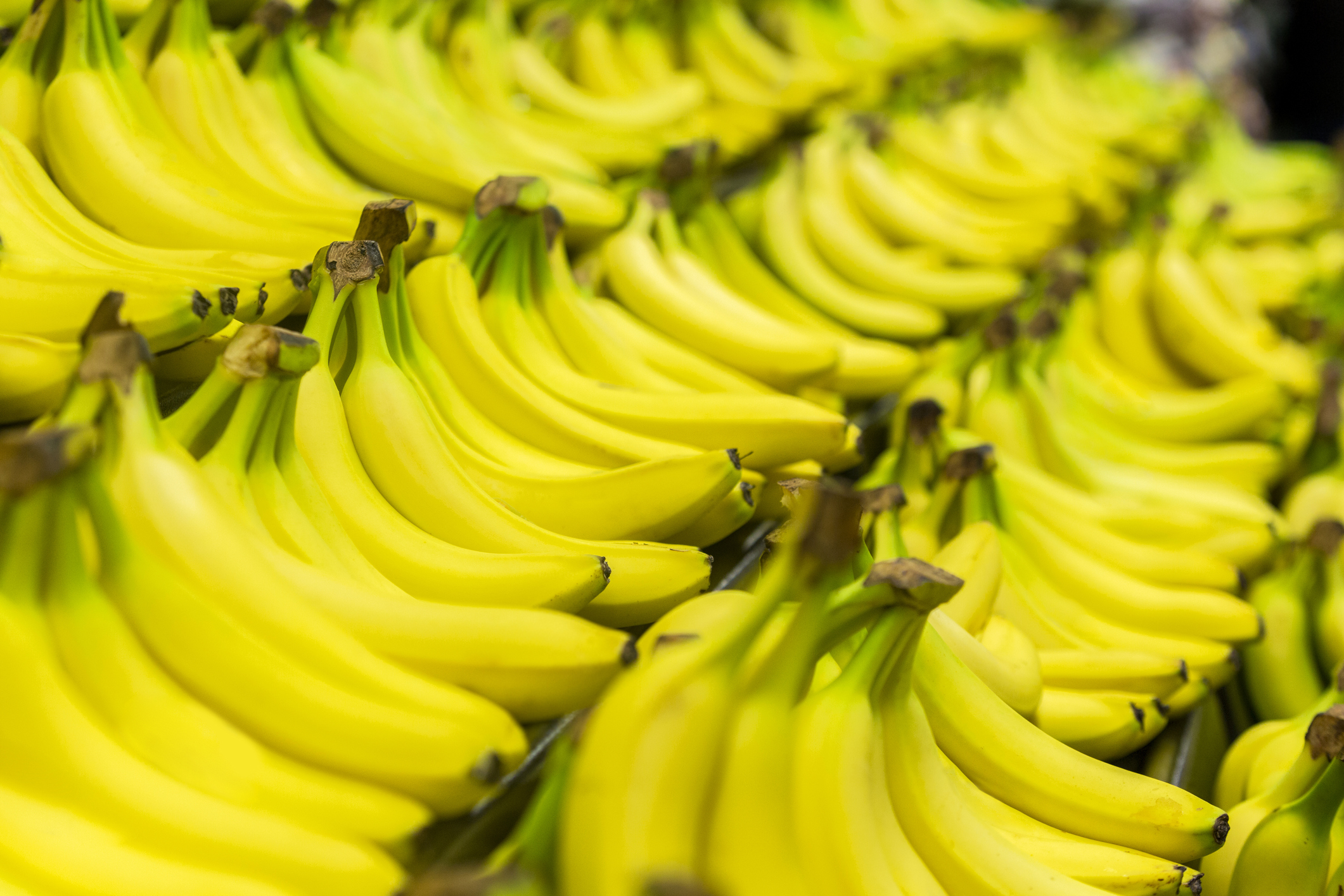An Unstoppable Fungus Might Make Bananas Go Extinct

Credit to Author: Jelisa Castrodale| Date: Tue, 13 Aug 2019 18:52:29 +0000
Fast forward, like, four or five decades and imagine yourself sitting with your grandchildren, telling them about The Way Things Were when you were their age. Their eyes will grow wide as you try to explain what a glacier was, they won’t understand when you tell them that millions of people willingly watched a terrible TV show called “The Big Bang Theory,” and they’ll have a half-dozen follow-up questions when you describe a fruit called a Cavendish banana that existed in the first part of the 21st century.
Last week, Colombia declared a national state of emergency after confirming that a devastating-to-bananas fungus called Panama Disease Tropical Race 4 (TR4) has been detected on almost 445 acres of farmland in the country. According to Science, this is the first time the fungus’ presence has been confirmed in South America—and that could be bad, bad news for bananas as we know them.
Colombia is the fourth-biggest banana exporter in Latin America, and the fruit is the country’s third-most valuable agricultural export, behind coffee and flowers, which is why the country is taking this shit seriously. Deyanira Barrero Leon, the general manager of the Colombian Agricultural Institute (ICA) said that the police and the military had been called in to help quarantine the affected farmland, and that some crops were under 24-hour watch by agricultural officials. “We are responding with everything we’ve got,” she said.
National Geographic reports that TR4 was originally discovered in soil in Taiwan in the early 1990s, and was not known to have spread beyond Asia and Australia until it was detected in Africa and the Middle East in 2013. “Once you see it, it is too late, and it has likely already spread outside that zone without recognition,” Gert Kema, a Dutch Tropical Phytopathology professor told the outlet.
There is no treatment for plants that are infected with TR4, and they also stop producing fruit well before they die completely. Even after TR4 offs the plants themselves, the fungus can continue to live in the soil for up to 30 years, which means that it could be unsafe to plant future bananas on that land too.
The appearance of TR4 in South America—and its ability to decimate the Cavendish banana—is unsettling to scientists because, well, they’ve seen this before. Before the Cavendish, the most popular banana in the United States and Europe was the Gros Michel banana, and we say was, because it was almost entirely wiped out by a previous strain of Panama Disease. Big Banana soon turned its attention to the Cavendish, which was deemed to be a decent-enough replacement for the Gros Michel—and they also believed that it was resistant to the ravages of Panama Disease. (You’d think that they would’ve learned not to put all of their eggs in one bana…er, all of their bananas in one bas…um, that they would’ve maybe worked on a bit of banana-related biodiversity.)
“The Cavendish variety is really important. It’s about half of the bananas worldwide,” Randy C. Ploetz, a tropical fruit pathologist at the University of Florida, told VICE in 2015. “About 45 percent of all banana production is of Cavendish, so even if this strain of Fusarium didn’t affect anything else, it would really be important.”
According to National Geographic, there isn’t really another back-up banana that could replace the Cavendish right now. Agricultural scientists haven’t been able to develop a banana that replicates the familiar flavor of the Cavendish AND that can survive the lengthy transport times from South or Central America AND that has any kind of immunity to TR4. (Australian researchers have reportedly been working on a genetically modified version of the Cavendish, but putting the letters ‘GMO’ on its label could make it unpalatable to shoppers.)
Several years ago, Dan Koeppel, the author of Banana: The Fate of the Fruit That Changed the World, told VICE that when TR4 reached Latin America, “it’s game over.” He couldn’t say how quickly the fungus would spread, or what the banana industry would (or could) do to fight it, or even how we’d replace the Cavendish banana on a wide scale—but it’s probably not a bad idea to take a few pics of the next bunch you buy.
You know, for the grandkids.
This article originally appeared on VICE US.